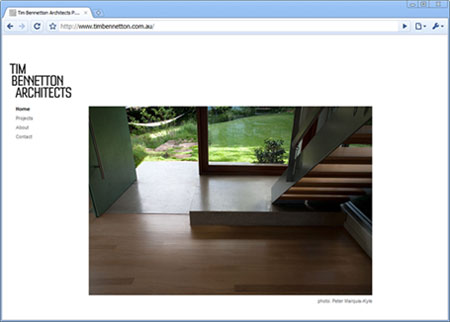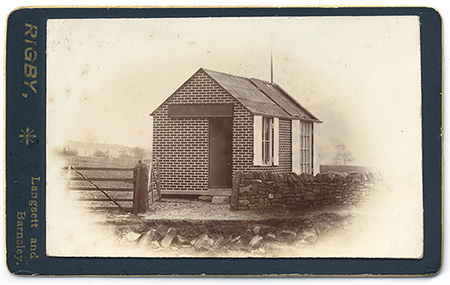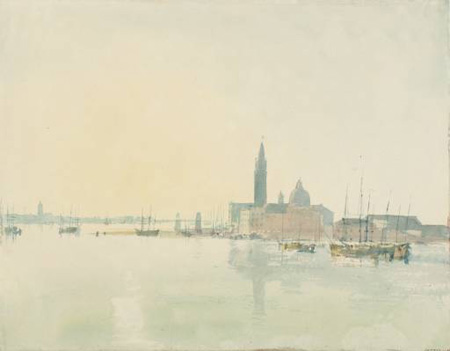Marking time in August 2010
Tim Bennetton on the web
My architect friend and neighbour Tim Bennetton has quietly launched his new website. It’s clean, it’s readable and it lacks the inscrutable puff that’s often found on architects’ websites. Bravo!

The four lighthouses of ‘South Solitary’
On Saturday Margie and I saw the film South Solitary and thoroughly enjoyed it. It brought to mind the four different lighthouses closely connected with the film. And it reminded me that I still want to go to Maatsuyker Island, the place that inspired the film.





Mr Rigby’s photographic studio
Why did a nineteenth century photographer in a Yorkshire village call his business the Australian studio?—a question prompted by a carte-de-visite I just bought.

The google map shows that Langsett is a small village in Yorkshire on the eastern edge of the hills of the Peak District. Street view shows that the village still sits in a farming landscape with fields enclosed by stone walls—the same as we see in the old photo. Barnsley, by contrast, is a substantial town. I surmise that the photograph is of Mr Rigby’s establishment outside the village of Langsett—in Barnsley he might have had more substantial premises.
I can imagine the photographer riding out from his headquarters in town to the little studio outside Langsett—a distance of about 11 miles—to photograph the folk from the farms around. The cosy timber framed studio, with its mock brick cladding and its big glass window and skylight, would have looked inviting to his clients. What would they have made of the name, Australian studio, on the neat sign?

San Giorgio Maggiore lighthouses
I guess that Pevsner would have classed most lighthouses as buildings, not architecture.† But in Venice there is a pair of lighthouses that must belong in the architecture class, and I’m putting them on my visiting list. I hope to see them next month.

In 1797 Napoleon’s troops overran the Veneto, the last Doge of Venice capitulated, and the old republic ended. With the new French regime, and the Austrian regime that followed, came a push to knock down old buildings and make urban ‘improvements’ in the neo-classical mode. A duty-free port was established on the island of San Giorgio.
Improved harbour facilities and quayside buildings were provided, and the new status of the island was symbolized by two Istrian-stone lighthouse towers designed in 1813 by Selva’s pupil Guiseppe Mezzani, himself a professor of architecture at the Venetian Accademia. These are perhaps the most attractive legacy of the Napoleonic period in Venice. Standing guard beside Palladio’s church of San Giorgio Maggiore, the towers pay tribute to the earlier master, with their windows set into rusticated walls like those of Palladio’s Villa Malcontenta. Even at the height of the neo-classical period, Palladian ideas still played an important part in the teachings of the Venetian Accademia. However, the elegant simplicity of the open lanterns that surmount the two lighthouses bear the stamp of neo-classicism.††
† In An outline of European architecture (Penguin, 1968, p. 15) Nikolaus Pevsner wrote: A bicycle shed is a building; Lincoln Cathedral is a piece of architecture. Nearly everything that encloses space on a scale sufficient for a human being to move in is a building; the term architecture applies only to buildings designed with a view to aesthetic appeal.
†† Deborah Howard, The architectural history of Venice, Yale, 2002, p. 266.